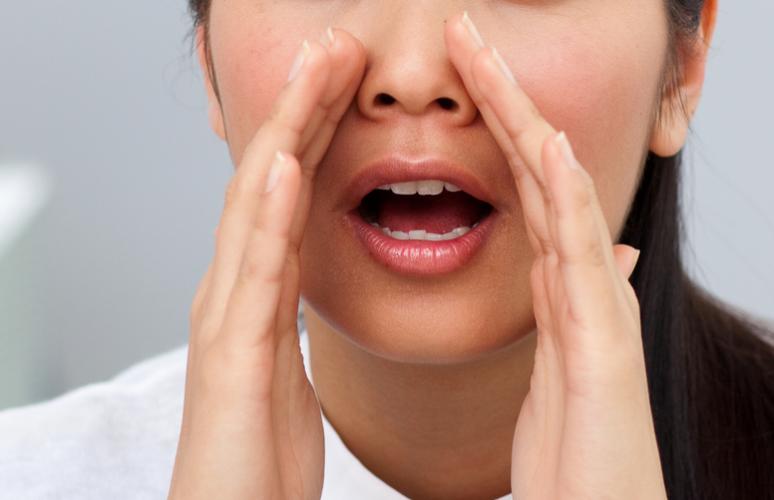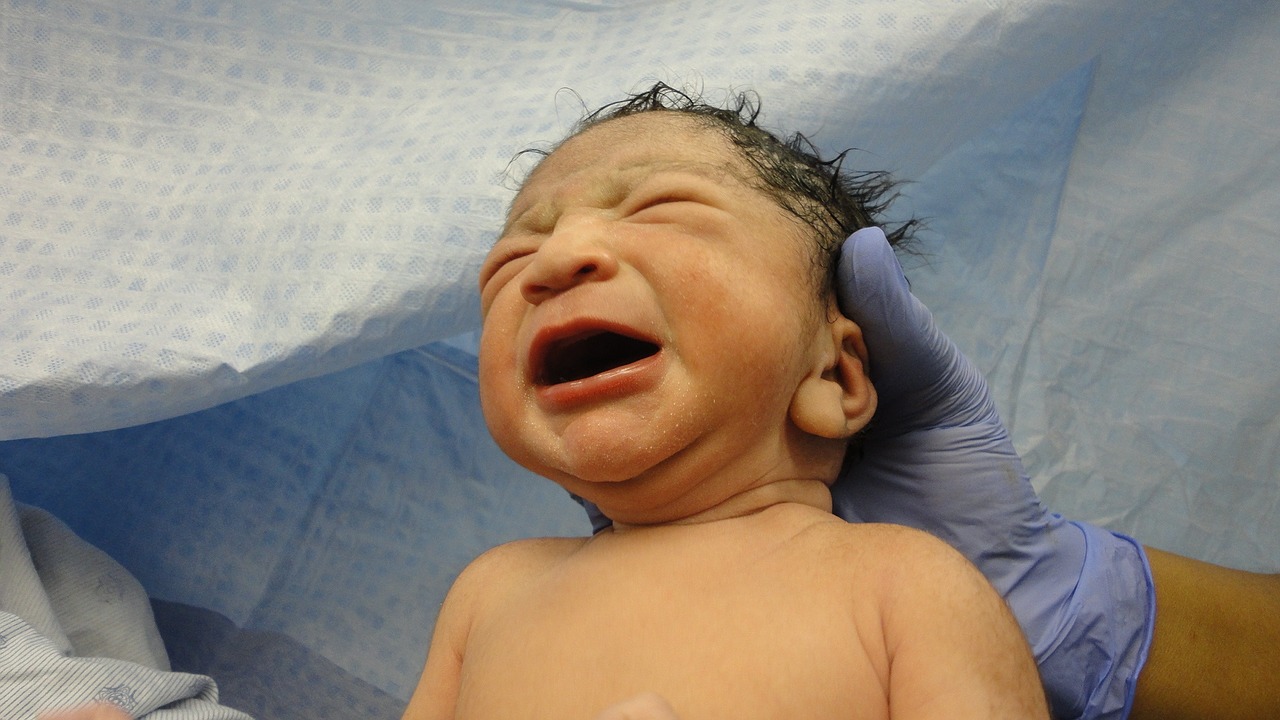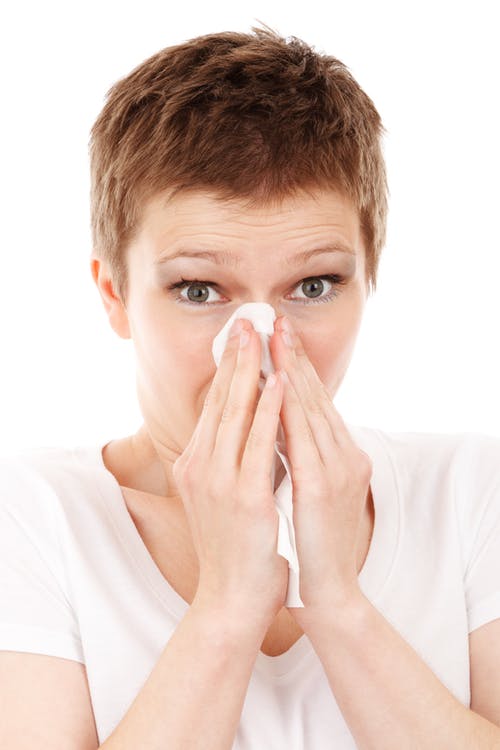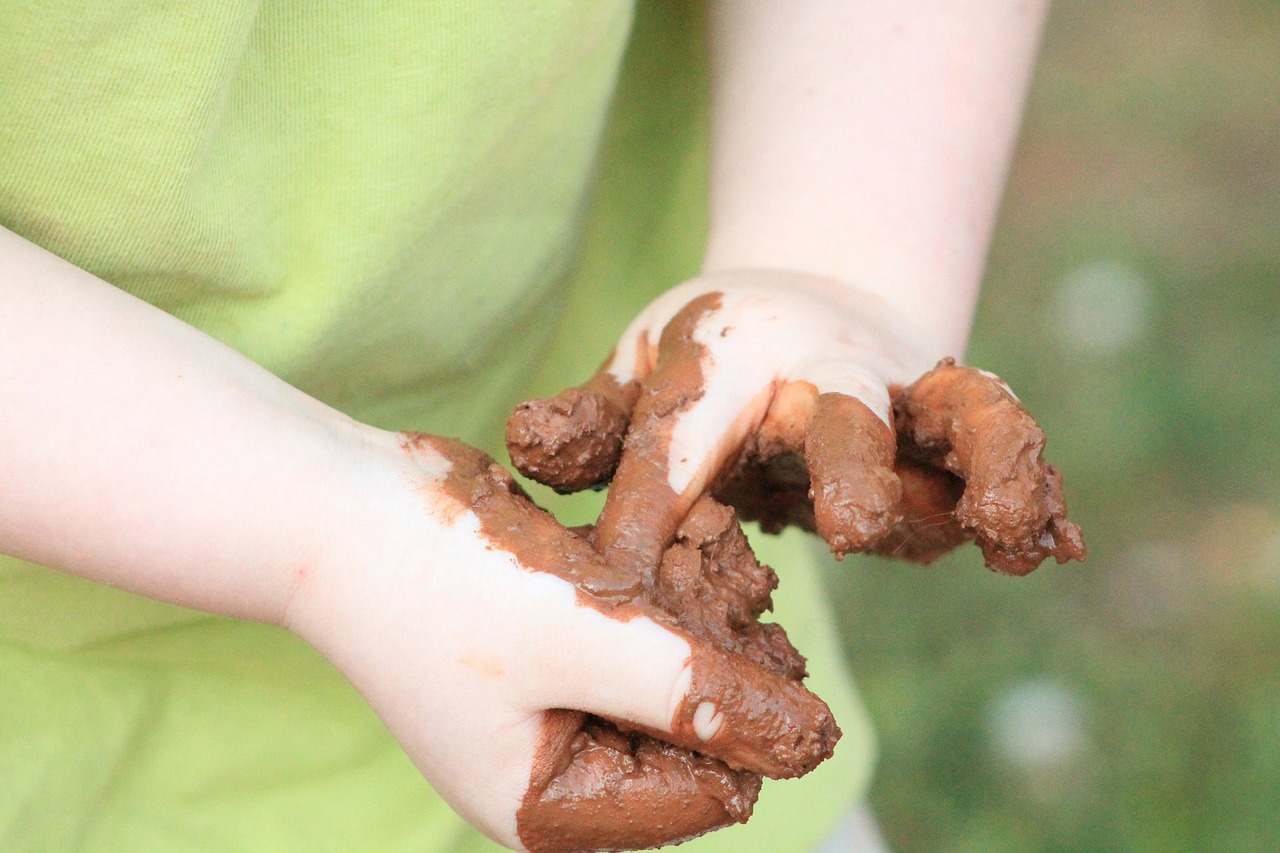Aneesa complains that she cannot wear woolen sweater or any stuff made of the fabric. It is definitely not for her and now her baby Ahad suffers from the same issue. They have to spend the whole smoggy, foggy and chilled winters without the warmth and coziness of wool.sni
Whenever I wrap him in a woolen blanket or sweater, he gets red marks and starts a series of sneezes. His nose drips like a leaking tap and he coughs without apparent reason. Sometimes rashes also appear on his skin.sni
Until she consulted her child’s pediatrician, she could not understand the problem.sni
Dr Farzana Saeed, an Islamabad based pediatrician says that allergy is quite a mysterious thing in medical world. It can grip anyone at any stage from infancy to childhood, and adolescence to adulthood. Mostly, it is genetic but environment also plays a significant role.sni
What is allergy
Allergy is a condition in which an individual becomes extra sensitive to certain harmless substances. For example, pollen, dust or wool etcetera. You might have seen that one child plays conveniently with cats, while the other suffers from allergy symptoms when in contact with them. Wool allergy is nothing different. Although rare, it does exist.sni
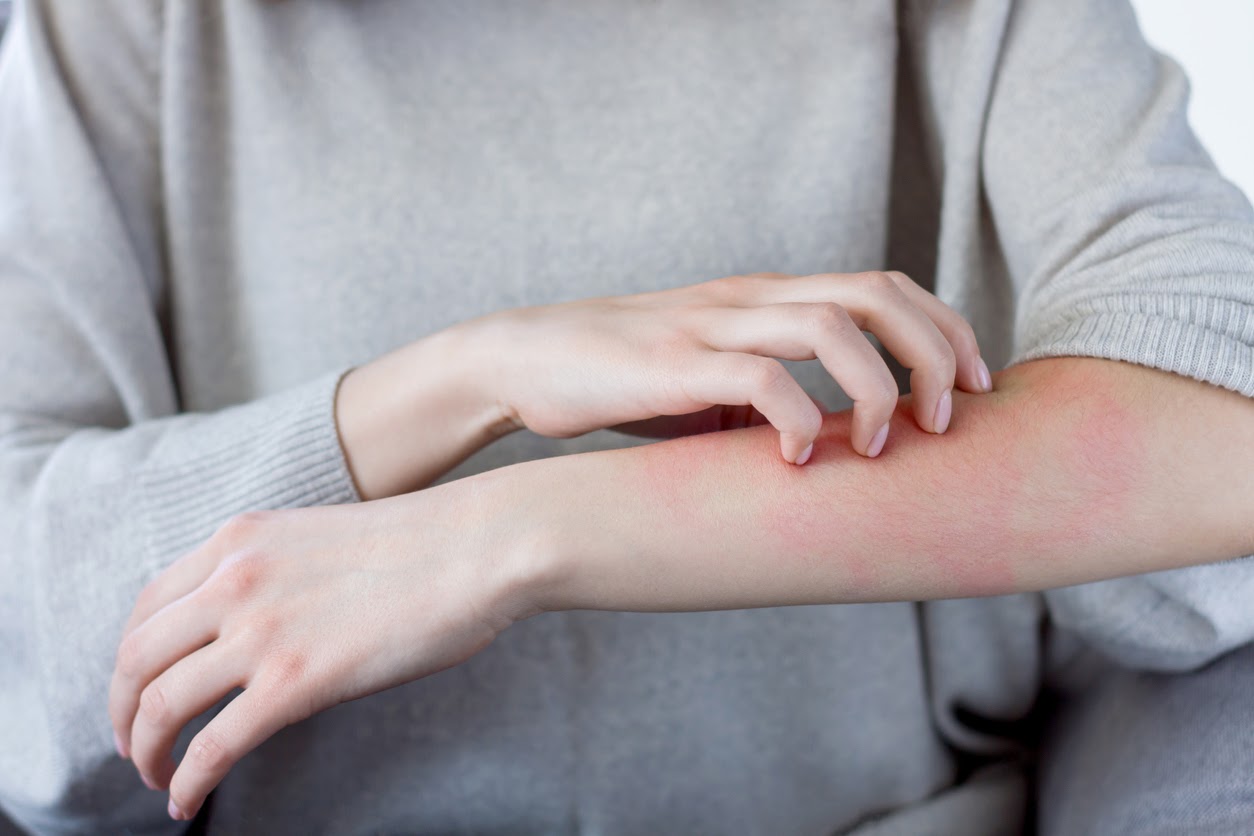
Wool allergy
Wool is basically a fiber which is taken from sheep. It contains natural oil lanolin, which usually causes an allergy, explains Dr Farzana. However, there is difference between wool allergy and wool sensitivity. Direct contact of skin with the fabric causes irritation at first. Some babies feel uncomfortable while wearing wool. And children suffering from eczema may also develop wool allergy. So, if you do not have any allergic symptoms then it may merely be wool sensitivity.sni
In case of wool allergy, the fabric becomes unbearable to wear. Sometime it also appears if you wear someone else’s sweater without washing or dry cleaning it; even if it is of the siblings’.sni
Symptoms of wool allergy
Major symptoms include irritation, itching, puffiness, swelling, rashes, spots, redness in eyes or other parts of the body. Nasal problems like sneezing, runny nose, cough, congestion or other respiratory issues are also among these signs. According to the Journal of Allergy and Clinical immunology, a chronic allergy sufferer may also experience respiratory allergies from wearing wool.sni
Diagnosis & treatment
According to the doctors, it is essential to confirm allergy first before beginning treatment. Woolen allergy can be diagnosed by a skin patch test. In severe conditions doctors may prescribe antihistamines or allergy shots; this may reduce and relieve signs and symptoms. As home remedies, apply rose water and sandalwood paste as it can also help alleviate skin itching.sni

How to prevent wool allergy
There is no magical medicine to cure allergy all at once, says Dr Farook Azam, a pediatrician based in D. I. Khan. After confirming it is wool allergy, avoid exposure to the fabric. It is the best way to escape allergy flare ups. Remove all woolen stuff like blankets, rugs and carpets from home. Even woolen socks, scarves, and gloves.sni
Use silk, cotton, and linen in clothing instead. Keep baby’s skin hydrated and moisturized. Use a layer of cotton clothing between skin and wool sweater in case wool is the only option. The only precaution is to avoid direct contact of wool with skin.sni
Interestingly, lanolin is also present in many beauty creams and cosmetic products. They can also trigger the allergy; so avoid them as well.sni
All parents want their children happy and healthy. Parenting obviously is not an easy task. It demands sacrifices, attention and vigilance. Prevent wool allergy to keep your baby at bay from such problems.sni
wool allergy, allergy, wool allergy treatment, wool allergy prevention, health, shifanews



